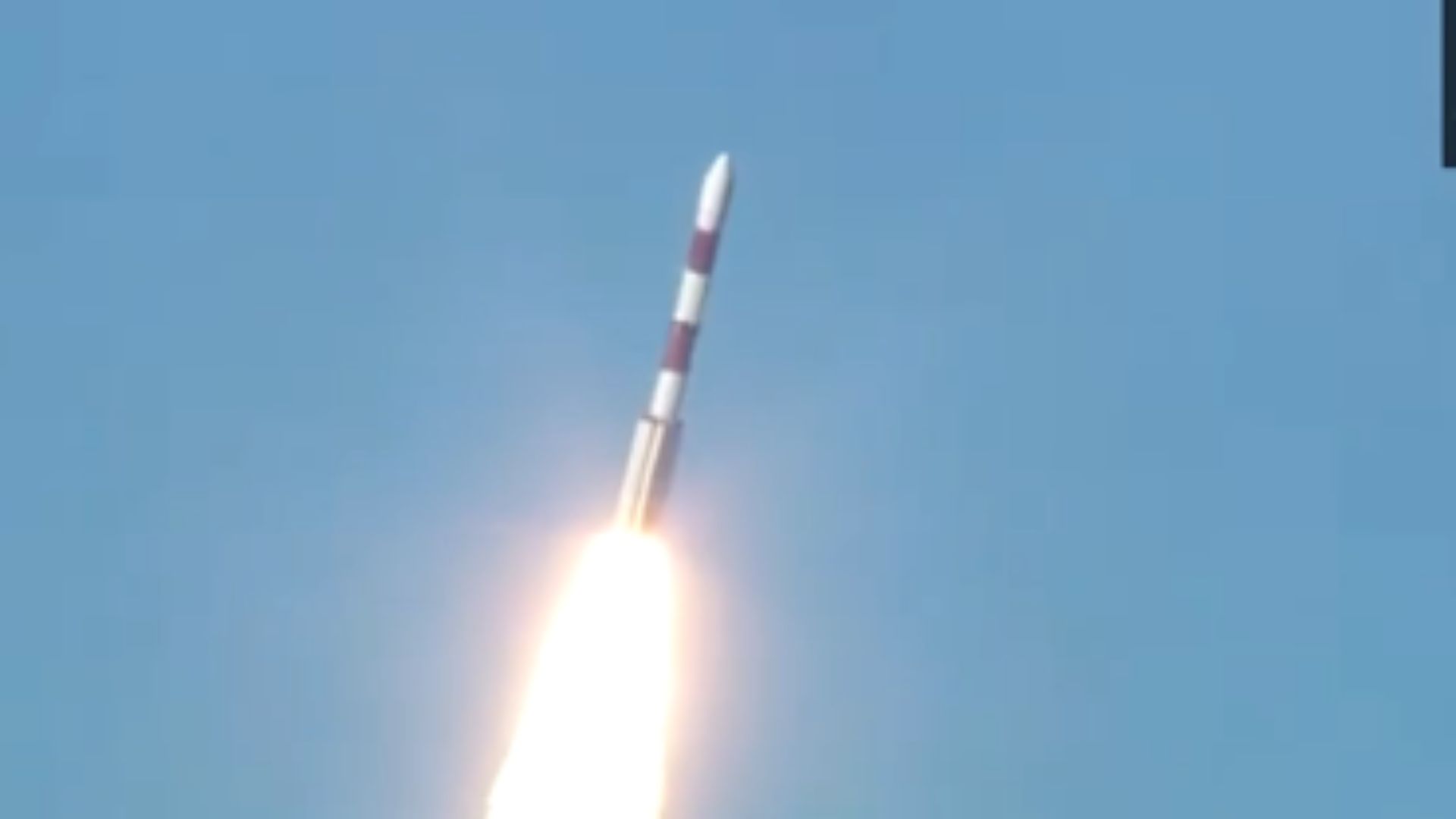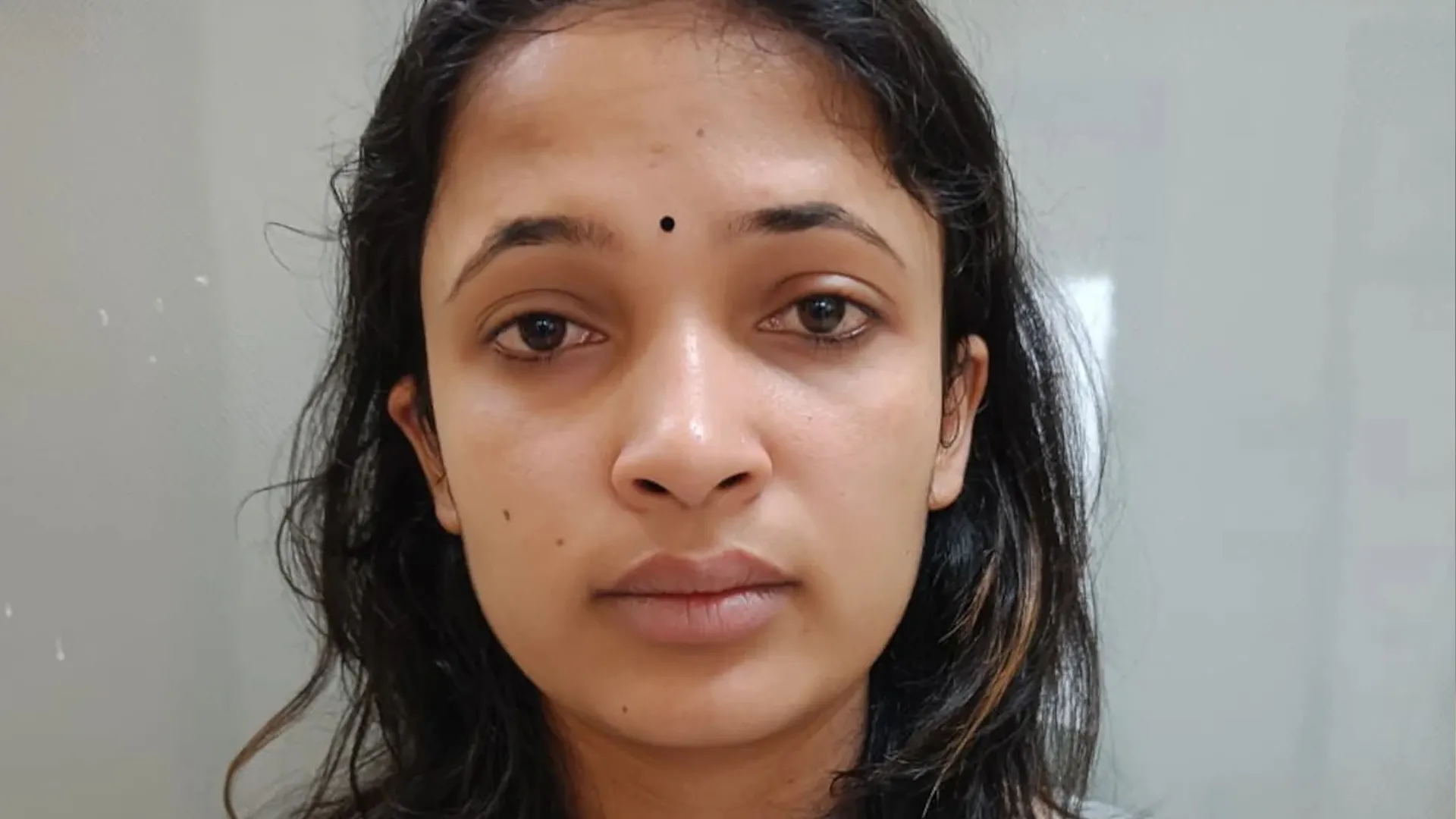The PSLV-C59 successfully launched on Thursday, ISRO posted on X.
“PSLV-C59 has successfully soared into the skies, marking the commencement of a global mission led by NSIL, with ISRO’s technical expertise, to deploy ESA’s groundbreaking PROBA-3 satellites.”
“A proud moment celebrating the synergy of international collaboration and India’s space achievements!,” ISRO added.
PSLV-C59 Launch rescheduled
The Indian Space Research Organisation (ISRO) announced a revised launch schedule for the Proba-3 mission aboard the PSLV-C59 rocket after detecting an anomaly in the spacecraft yesterday.
Initially planned for December 4, 2024, at 4:06 PM IST, the launch was rescheduled to Thursday, December 5, 2024, at 4:12 PM IST.
The Proba-3 mission, a collaborative effort with the European Space Agency (ESA), aims to showcase cutting-edge formation-flying technology. The mission features two satellites, the Coronagraph Spacecraft (CSC) and the Occulter Spacecraft (OSC), which will work in tandem to enable advanced space research.
ISRO’s adjustment highlights its commitment to ensuring the success and safety of its missions.
Proba-3
Proba-3, a groundbreaking in-orbit demonstration (IOD) mission by the European Space Agency (ESA), aims to showcase advanced formation-flying technologies. The mission comprises two spacecraft: the Coronagraph Spacecraft (CSC) and the Occulter Spacecraft (OSC), which will be launched together in a stacked configuration.
The combined weight of the satellites is 545 kg, and they will be launched aboard the 44.5-meter-tall PSLV rocket, weighing 320 tonnes at lift-off. Approximately 18 minutes post-launch, the satellites will be deployed into orbit at an altitude of 600 km above Earth.
The Proba-3 mission features two mini-satellites flying in close formation, equipped with the ability to precisely control their attitude and separation. This innovative setup simulates a total solar eclipse while demonstrating state-of-the-art formation-flying and rendezvous technologies. According to ISRO, Proba-3 is ESA’s—and the world’s—first precision formation-flying mission. The satellites will maintain a fixed configuration, operating as if they were a single rigid structure in space.
This mission represents the second ESA satellite launch aboard an Indian rocket. The first, Proba-1, was launched in 2001 using the PSLV. Initially designed as a one-year mission, Proba-1 has far surpassed its expected lifespan, remaining operational for over two decades.










